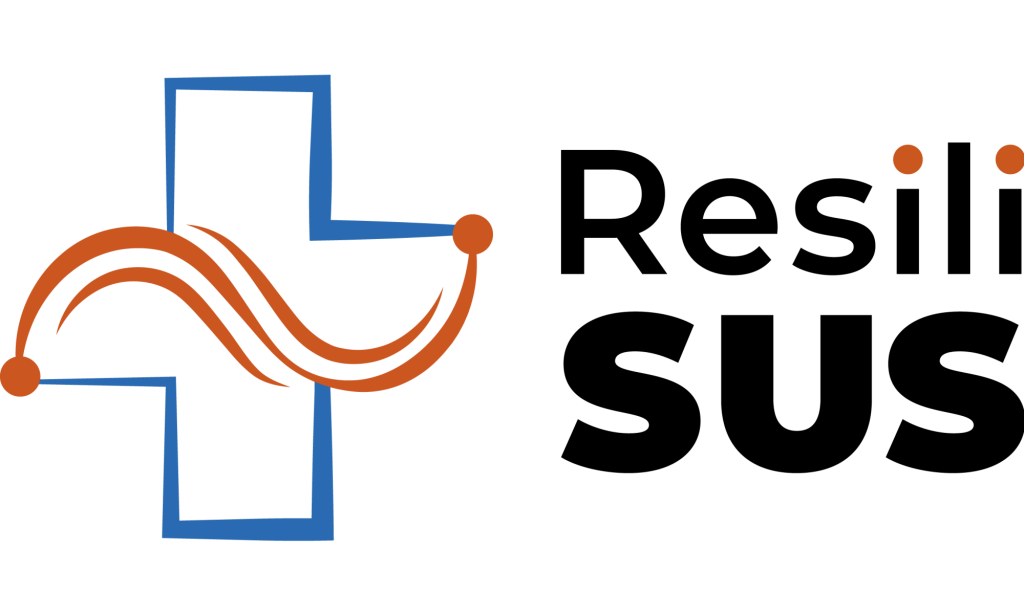Community health workers’ attitudes, practices and perceptions towards the COVID-19 pandemic in Brazilian low-income communities
Background: Community Health Workers (CHW) are a category of social workers described in many countries' health systems as responsible for engaging people in their residences and communities, and other non-clinical spaces to enable access to health services, especially in low-income areas. These professionals have been exposed to numerous new risks during the COVID-19 pandemic. Objective: This study describes how the COVID-19 pandemic is perceived by CHWs who work in poor communities or slums in Brazil. Methods: We conducted an online survey with a random sample of 775 CHWs operating in 368 municipalities of the 26 Brazilian states. At a confidence level of 95%, results of the survey were subject to a maximum sampling error of 4%. Results: Our data indicate that the negationist agenda increases the challenges to the performance of CHWs within low-income communities, preventing the consensus on the necessity of social distancing, business closures and other measures to face the COVID-19 pandemic. Conclusion: The pandemic imposes unexpected challenges on the usual modes of interaction of public health officers with poor communities. This study provides evidence that these challenges have been ignored or minimized in Brazilian policy prescriptions for primary care in the face of the COVID-19 pandemic.



